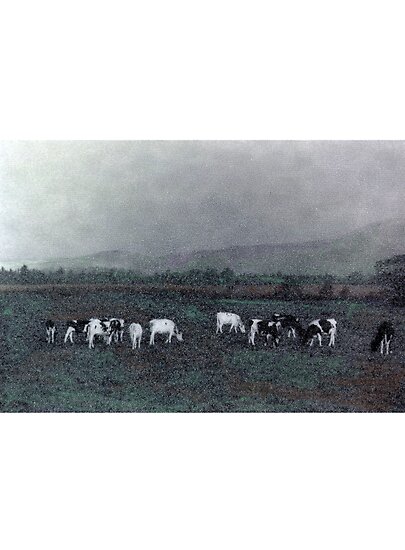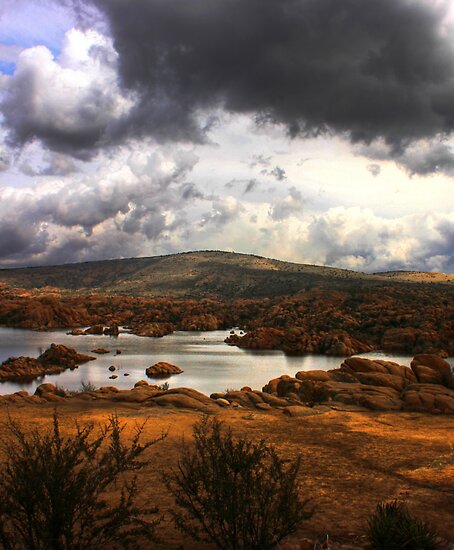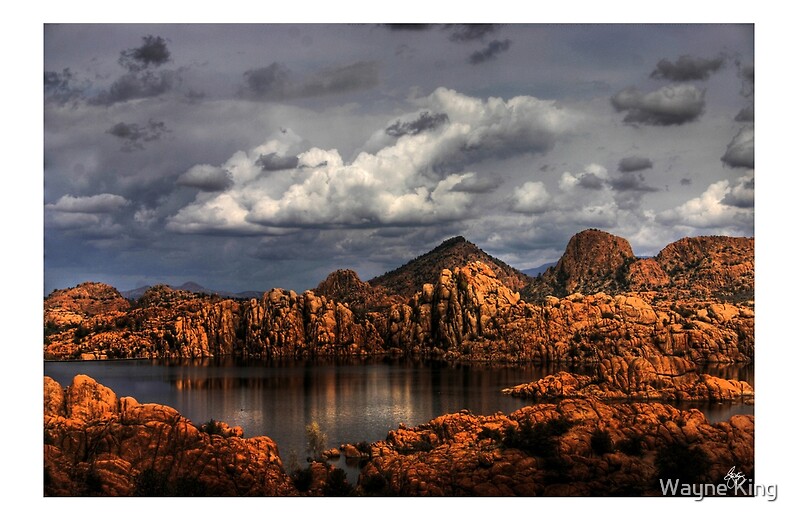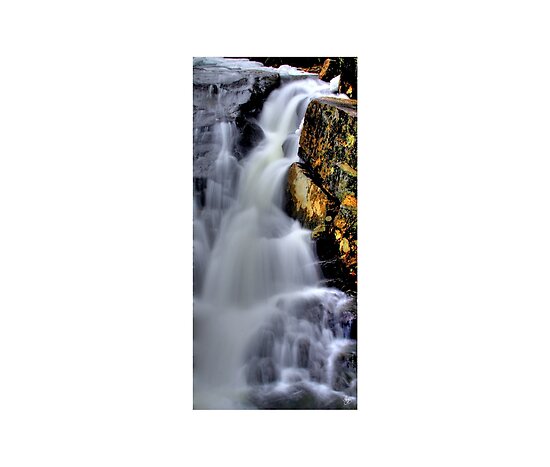For those who have watched the oil spill in the Gulf grow by leaps and bounds while thousands of workers, volunteers and officials have scurried around like a vast colony of ants there is surely one big question looming in their minds: "Why can't all these people get control of this spill?"
The answer, unfortunately, seems to be directly attributable to a decision made early in the process to ban the use of all loose absorbant products on the spill.
The rationale, that they are protecting the fragile ecosystems, animals and aquatic life by preventing them from being exposed to the loosely floating material seems reasonable enough at first blush. However, the fact that they are permitting the use of loose dispersant that actually exacerbates the environmental problems created by the spill shows an inconsistency that makes one suspect another agenda. Furthermore, if we don't halt the spread of the spill, the danger to a far broader range of territory will make the damage to ecosystems and flora and fauna far worse.
Fighting an Environmental Inferno with a Squirtgun
Here's the problem: Loose absorbents are far more efficient at capturing loose oil than booms. I've spoken about one loose absorbant MOP Maximum Oil Pickup in previous postings*. MOP's patented sorbents, with a 30-1 pickup ratio are the most efficient on the market but there are others that also do a fairly good job. For the purposes of this article I'll use the statistical information associated with MOP as they make both loose sorbent and booms with the loose sorbent packed into them.
One container of MOP, delivered onto a spill using their rapid deployment cannon can lock up 75,000 gallons of oil. By comparison, it would take more than 23,000 booms to accomplish the same amount of cleanup.
Carry this further: if it takes one person 10 minutes to deploy a boom - which is very fast if the booms are to be locked together - the average person would be able to deploy 48 booms in an 8 hour shift. To deploy 23,000 booms would then require 479 people. Then of course another crew of 479 would be required to pick up the oil laden booms. The crew needed to deploy AND skim up the MOP sorbent would be five people: Two people to carry bags to the Cannon, One person to fire the MOP Cannon and one or two people driving skimmers to pick up the oil-laden MOP.
Cost
A container of MOP sorbent costs $32,000. 23,000 booms cost more than $865,000. Finally, with MOP’s patented green sorbent, there is the added benefit of being able to recover the oil. The value of the recycled oil would be somewhere in the neighborhood of $65,000 making using the sorbent actually a profit center rather than a cost center. After subtracting the cost of the container of sorbent, there would be funds left to purchase the next container or to pay for the skimmer rental. In either case it effectively makes the cost of using a loose sorbent like MOP a net zero cost.
Not All Loose Sorbents are Created Equal
First its important to state that not all loose sorbents are alike. EPA creates a set of guidelines that essentially segregate sorbents into two categories
Those that are permissible for use on open water
Those not permissible for use on open water
MOP, for example, falls into the first category. Those allowed for deployment in open water. As such they are allowed to Certify themselves to the on-site administrator as meeting the EPA guidelines for use on open water. Normally this is all that would be required to use the loose sorbent on a spill, however the directive, over rules this process.
* In the interest of transparency, I'm now associated with this company because I believe so strongly in the product
See the numbers detailed in this article here.




 hazardous oil spills. The company also claims that, unlike competitors, its solution is 100% biodegradable and 100% recycled. Charles Diamond, MOP’s president and CEO, has said that that its product outperforms every other sorbent, both on oil pick up per pound and cost per pound basis. He also said that the company’s product is the best solution for oil spills like the one in the Gulf of Mexico.
hazardous oil spills. The company also claims that, unlike competitors, its solution is 100% biodegradable and 100% recycled. Charles Diamond, MOP’s president and CEO, has said that that its product outperforms every other sorbent, both on oil pick up per pound and cost per pound basis. He also said that the company’s product is the best solution for oil spills like the one in the Gulf of Mexico.


 Refills Also Available
Refills Also Available


